Mary Keen: The secrets of windowsill gardening
The internationally-renowned garden designer and writer Mary Keen turns her thoughts indoors to the best plants to grow on windowsills and elsewhere around the house.
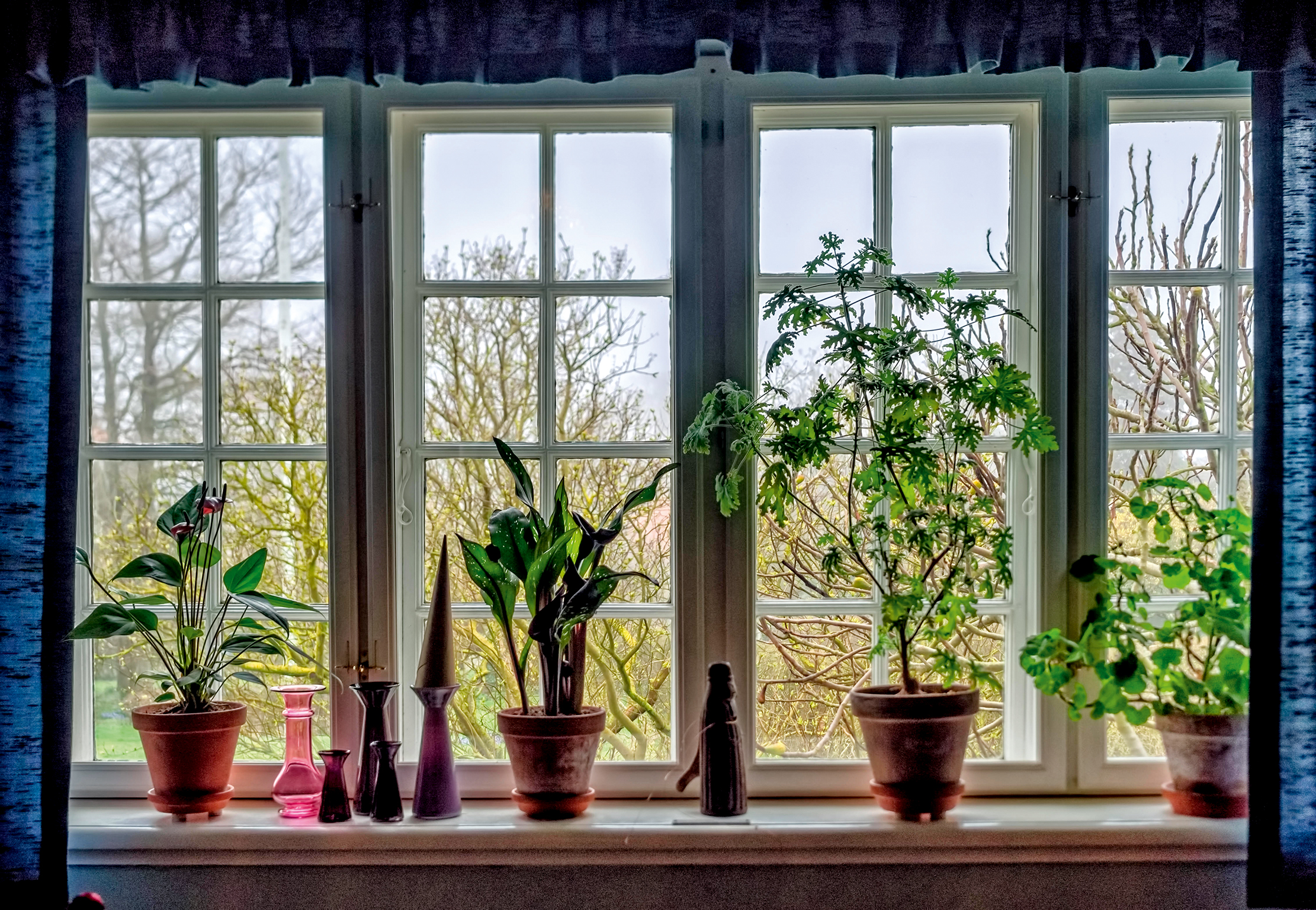

Painted by John Nash in 1945, Window Plants shows an old woman, with a cat on her lap, dozing next to her potted plants. I’ve always loved that image and always wanted to have a window-sill wide enough for as many flowers in terracotta pots as I could muster, rather than the indestructible house plants that thrive in airports and hotels.
Until recently, we lived in Georgian houses with sash windows and never the tiniest ledge in front of them. Moving to an older house, with deep window reveals, meant we could make shelves for books below 2ft-deep oak sills. South-facing windows can be testing for gardening, but, because the sills are so broad, in winter, flowers can be close to the glass and, on the hottest days, they can retreat towards the room.
The Nash painting has scarlet geraniums, a Christmas cactus, an aloe, an amaryllis and what looks just like a Campanula isophylla. Geraniums are a traditional choice for a sunny place, but they will need open windows on the hottest days. My favourite zonals are the bedding types of pelargonium and tend to be bright scarlets and salmon reds, so I love The Boar, Betty Catch-pole and a good unnamed red that came from Rodmarton; Venus is a beautiful pink with a dark eye.
Scented-leaf varieties I enjoy are shocking-pink Clorinda, Sweet Mimosa and Copthorne. They all last up to a month indoors. Dark-leaved forms are attractive even out of flower, especially Bath Beauty. There are plenty of more delicate types. P. Ardens, sidoides and echinatum are a delight and do come indoors occasionally, but I find they’re a bit pickier than stronger ones.
Modern angel varieties seem to keep flowering longer than traditional zonals, but they are not as tall. I love Angel Orange Eyes, but others might prefer pink forms. Woottens Plants specialises in pelargoniums and its list and information on growing them are invaluable.
Windowsill gardening calls for attention to detail. Careful watering, feeding in summer, endless deadheading and a beady eye for attacks of whitefly, as well as climate regulation, will all be needed. Plants also need turning to the light, ideally a quarter turn every couple of days, or they will grow one-sided.
'I’ve never managed to keep tulips inside, but tiny winter irises are easy'
In winter, there’s scope for bulbs in pots and bowls, but, if your house is heated, bulbs should only come in at the point of flowering. Wait until crocus and hyacinths show a tinge of colour before you bring them indoors. If the room is too hot, narcissi and hyacinths will need support. Grow grape hyacinths (Muscari) and dwarf daffodils such as a Hawera or Tête-à-tête if you can’t face staking.
Sign up for the Country Life Newsletter
Exquisite houses, the beauty of Nature, and how to get the most from your life, straight to your inbox.
I’ve never managed to keep tulips inside, but tiny winter irises are easy. Lady Beatrix Stanley is a winner and anemones and fritillaries will thrive, too. Unlike pelargoniums, these can be kept out of doors until they’re ready to be brought inside.
Herbs are another possibility for south-facing windows. A mix of French tarragon, lavender, thyme, oregano and Greek basil would fill the room with the smell of the Mediterranean. If you wanted less work on a sunny windowsill such as mine, you could go for succulents, as Nash’s subject does.
I do grow a couple of Christmas cacti, which flower twice in a year and do well indoors. Some advice suggests they need less sun, because they come from damp, shady places in Brazil, but I’ve found they’re happy in winter sun, with a bit more shade outside in summer.
Begonias and streptocarpus will be happier in windows facing east or west. Busy Lizzies can be terrific if you crave colour inside — snooty gardeners can try the rarer forms. Impatiens kilimanjari comes with tiny red or pink flowers. Clivias, with orange or yellow trumpets, also have handsome leaves and Bergenia emeiensis is a beautiful plant with dangling, pinky-white flowers. I grow it in a pot and bring it in for short periods.
To garden on the windowsill, you do need to ring the changes fairly often, because conditions that please humans rarely please plants. I suspect that the old lady in the Nash painting kept her house a lot cooler than most people do today.
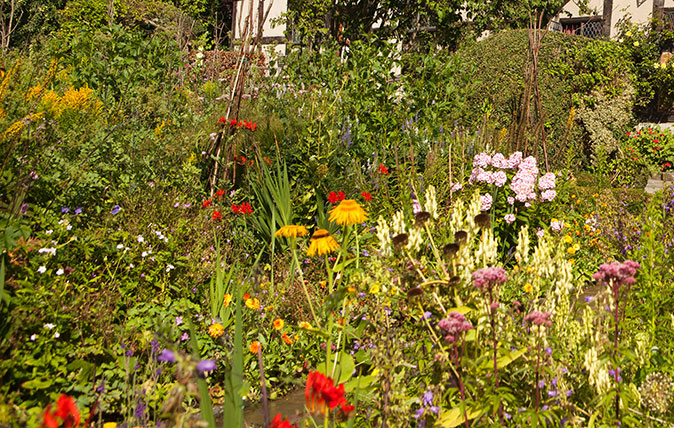
Credit: Alamy
Mary Keen: Don't fear downsizing – the joy of starting a new garden from scratch will make up for what you leave behind
The satisfaction of creating a beautiful garden is all the greater when, thanks to a move of house, you’ve had
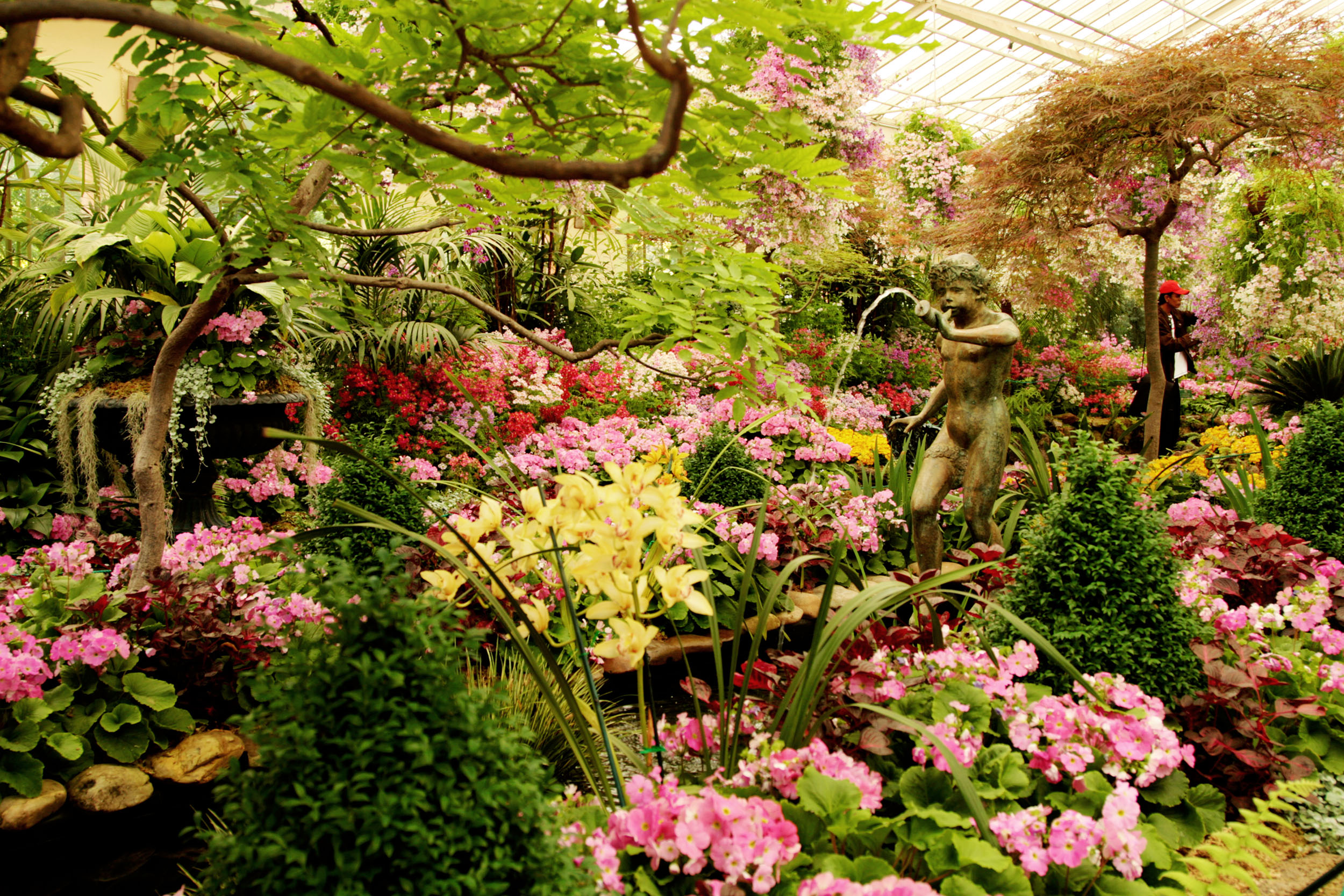
Credit: Moment Editorial/Getty
Alan Titchmarsh: Why I've decided that life's too short to keep growing the same old things in my greenhouse
Alan Titchmarsh's greenhouse has become a bit predictable – but he's now got big plans to mix things up.
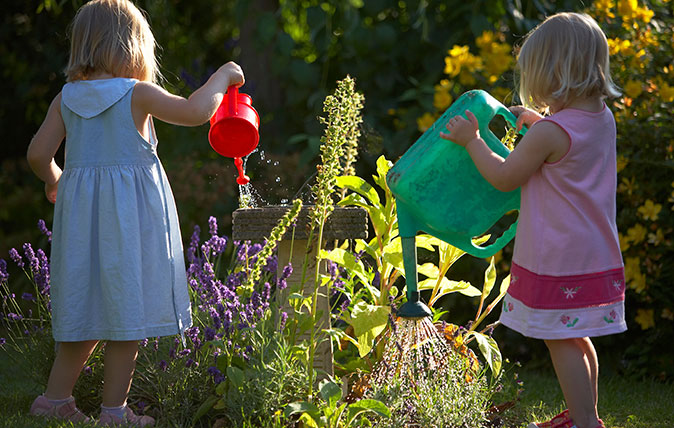
Credit: Alamy
Alan Titchmarsh: How to get your kids (or grandchildren) into gardening
Gardener, broadcaster and writer Alan Titchmarsh often gets asked about whether he has passed his green fingers on down the
Country Life is unlike any other magazine: the only glossy weekly on the newsstand and the only magazine that has been guest-edited by HRH The King not once, but twice. It is a celebration of modern rural life and all its diverse joys and pleasures — that was first published in Queen Victoria's Diamond Jubilee year. Our eclectic mixture of witty and informative content — from the most up-to-date property news and commentary and a coveted glimpse inside some of the UK's best houses and gardens, to gardening, the arts and interior design, written by experts in their field — still cannot be found in print or online, anywhere else.
-
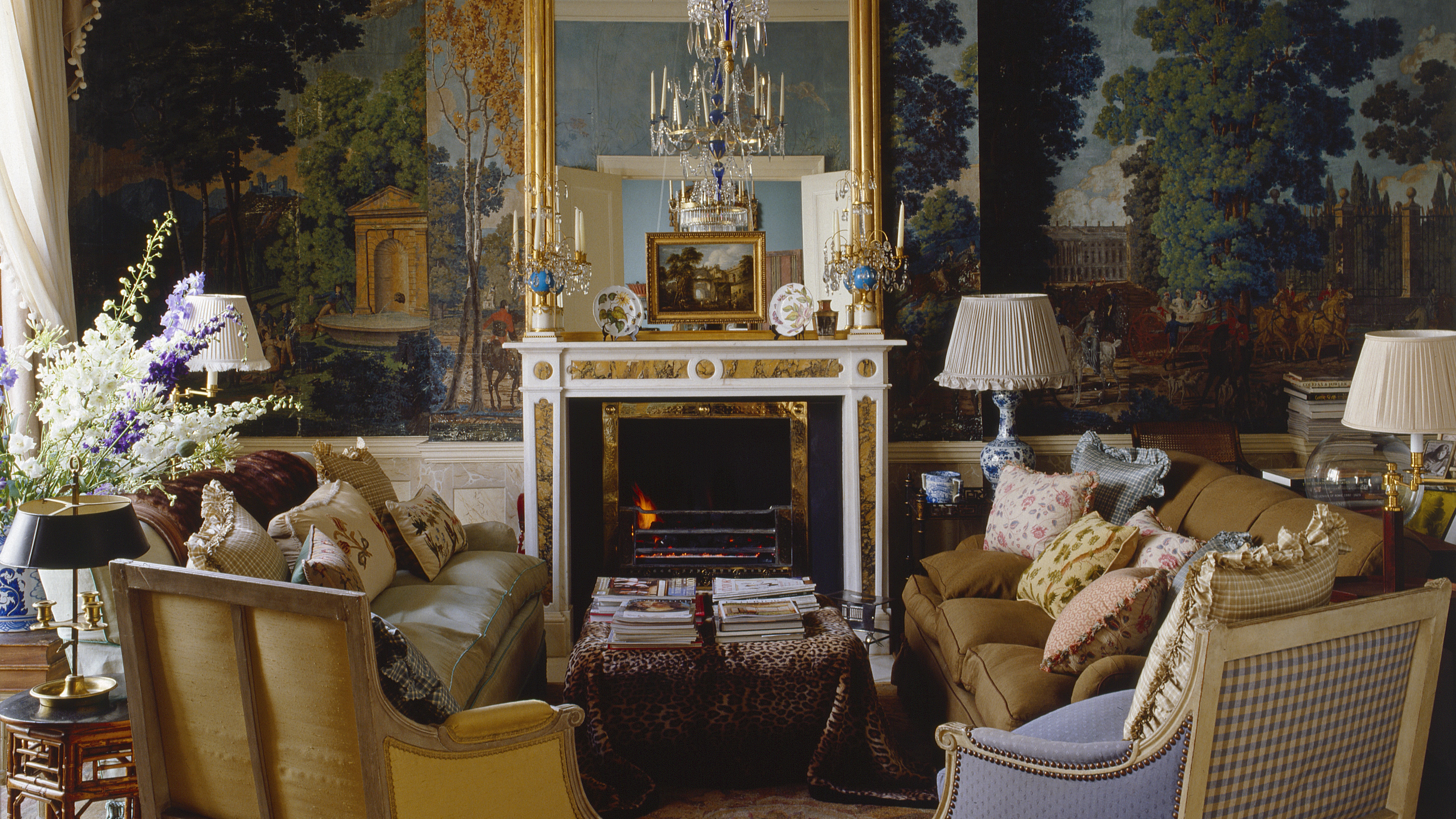 The designer's room: How rare, 19th-century wallpaper was repurposed inside a Grade I-listed apartment complex on London's Piccadilly
The designer's room: How rare, 19th-century wallpaper was repurposed inside a Grade I-listed apartment complex on London's PiccadillyThis home in Albany, Piccadilly, was decorated by Wendy Nicholls of Sibyl Colefax & John Fowler, as a quiet refuge in the heart of the capital.
-
 The heroine's name in 'Rebecca' and a strange coffee subsitute: Country Life Quiz of the Day, May 2, 2025
The heroine's name in 'Rebecca' and a strange coffee subsitute: Country Life Quiz of the Day, May 2, 2025Friday's Quiz of the Day has a rock legend, a delicate flower and much more.